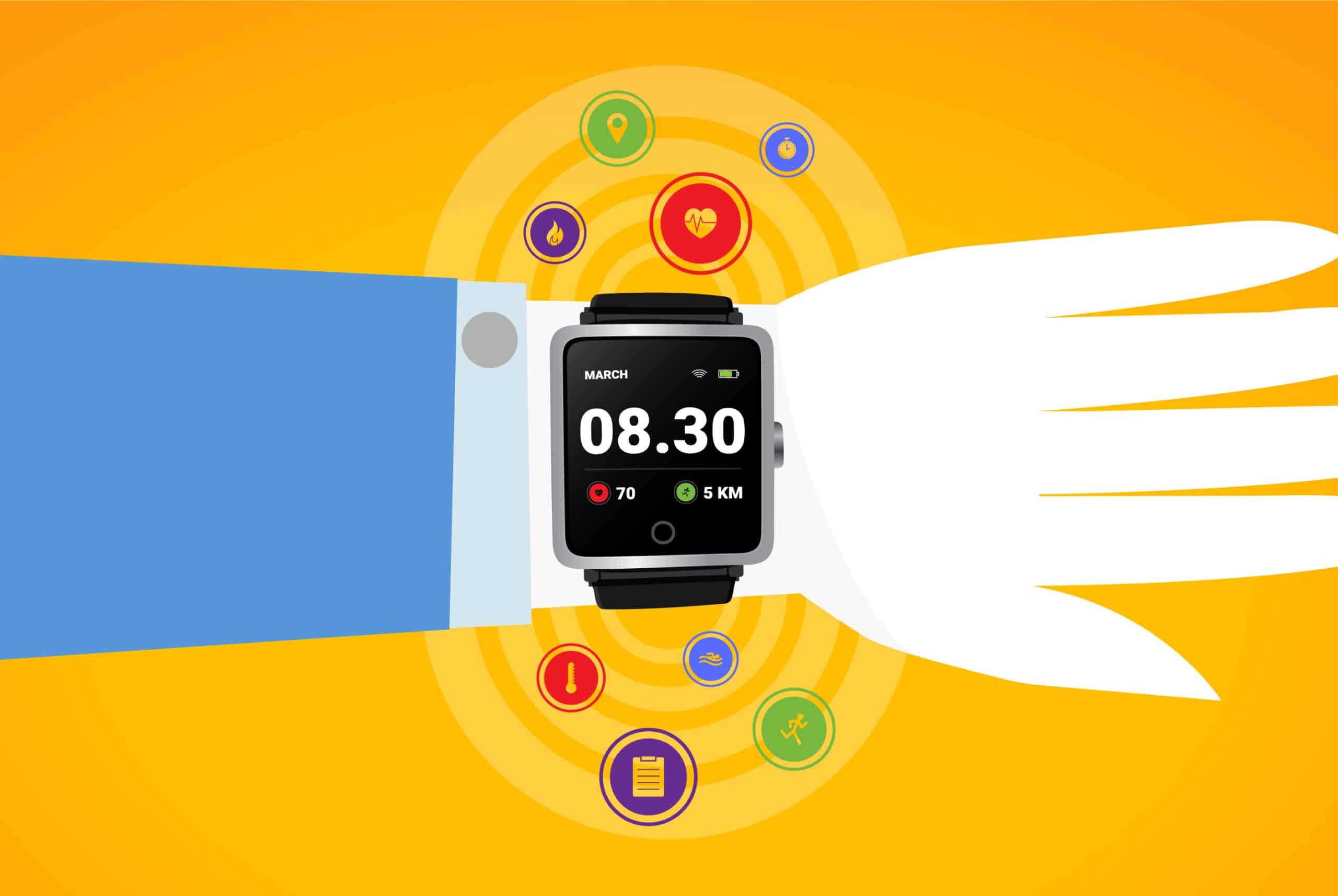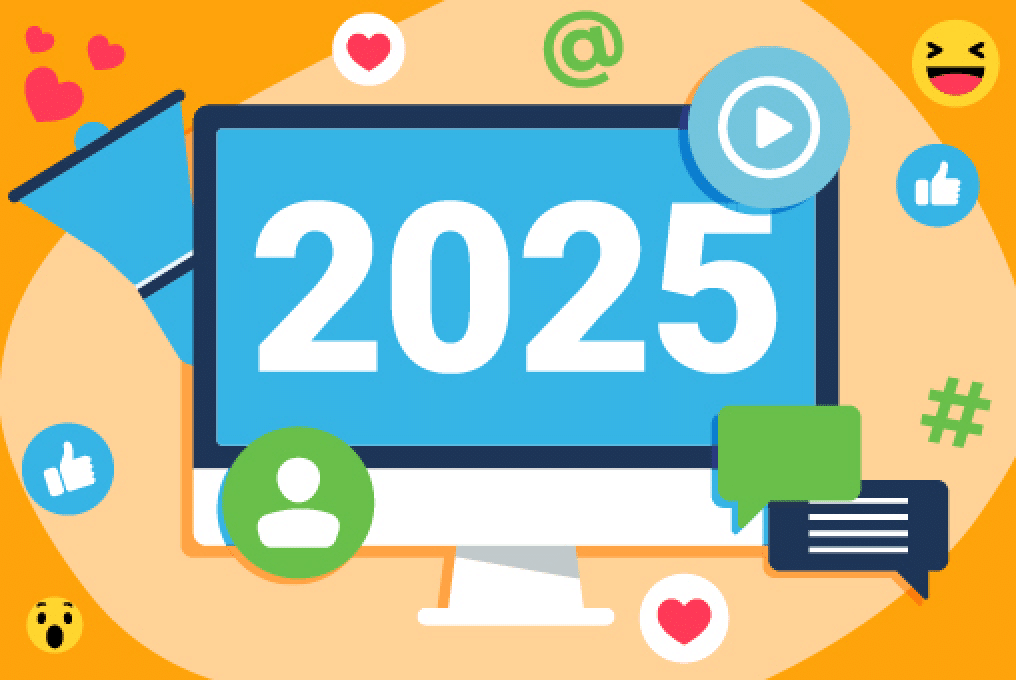While we all love cold-weather classics like Vanilla Ice’s “Ice Ice Baby!” and blockbusters like Polar Express, we’re shifting the cold front to talk about ads. Specifically, the Polar Exposure to ads that consumers are exposed to on a daily basis. The sheer amount and variety of ads on all sorts of media channels are bone chilling. And the consumption and preference options for consuming that media are only the tip of the iceberg.
Consumers spend an average of 463 minutes, over 7.5 hours, using media every day, according to Statista.1 The ways in which media is consumed are changing. Americans still spend around 347 minutes per day with traditional media, along with 470 minutes of digital media. Consumption of non-traditional media is trending more and more towards streaming, thanks to Amazon, Hulu, Netflix and the many other services out there. Social media consumption is also strongly preferred, and for some it has become an addiction.
Everywhere we go, everything we do, we see ads. If you’re awake, you’re seeing ads and when you sleep you more than likely dream about something related to an ad. While we tweet, snap, chat, watch television and interact with friends on social media, it makes you wonder just how many ads a person is exposed to each day.
According to some estimates by the marketing firm Yankelovich2, we were exposed to about 500 ads per day in the 1970s. Today, those numbers range from anywhere between 4,000 to 10,000 ads, depending on where you live, your career and how much time you spend online.
Why Do We See so Many Ads?
Technology and content are everywhere we go, therefore, ads have more available placements than ever before. In the past, ads were forced to be static and produced an indeterminable amount of impressions. Today, you start seeing ads well before you get downstairs for the first cup of Joe – with your cellphone in hand checking the daily weather app and trying to figure out why your phone alarm was set for 6 p.m. instead of 6 a.m. It all starts right when you wake up.
Places Where You See the Most Ads Every Day
Businesses and marketers have strategically placed ads almost everywhere, turning most empty spaces into revenue-generators. However, as the list below shows, there are some places where you’re likely to encounter more ads than others.
Social Media
As social media became popular in the mid-2000s, many investors wondered how and when they were going to effectively monetize all these users into a business plan. They turned to advertising, like so many businesses before them. Now, the average Facebook user sees 36 ads per day and clicks on about 10 of them per month. On Twitter, one of every seven posts is an ad. And social media advertising isn’t going anywhere anytime soon. Since the pandemic began in 2020, there has been a significant increase in the average time U.S. users spend on social media: 65 minutes daily in 2021, compared to 54 minutes and 56 minutes in 2019 and 2020 respectively.3
News Sites
As we wade through the once-in-a-lifetime COVID-19 pandemic, news has been the media type consumers are most likely to consume more of than in previous years. And the news platforms are maximizing on this trend. Whether you use their apps, visit their websites or watch them on TV, news platforms bombard you with ads to increase their revenue. Typically, these ads take the shape of display banners or pre-roll videos.
But it’s not just external ads, which can sometimes be disguised as one of their articles with “Sponsored Content” written in a lighter font next to the title or image. There is also plenty of internal advertising luring you to connect with the company on various social media channels, subscribe to their email list or read more content. After all, the more content you read, the longer you’ll be on the site, the more ads you’ll see and the more the site can charge for advertisements.
Driving
According to a 2016 study by AAA, the average American spends 17,600 minutes in their car every year. That’s more than 293 hours and more than 12 whole days. And, according to Statista, there are more than 341,000 billboards across the country to target those captive audiences. In some areas, such as in New Jersey right before the Holland Tunnel, roughly 1.1 million people see a strategically placed billboard per week, making it an expensive option. However, billboards aren’t the only ads you’re encountering while in the car. From podcasts and radio stations to streaming music services like Apple Music and Spotify, you’re likely to hear about 10 commercials per hour. In particular, podcast adoption continues to grow. In 2020, an estimated 100 million people listened to at least one podcast each month, and this number is expected to reach 125 million in 2022.4
Television
Yes, television. As one of the most popular lockdown activities, minutes watched are up. Though more and more viewers are switching to streaming services, there are still plenty of ads. For the most part, many advertisers experimenting in the streaming landscape are repurposing their 30-second or 60-second TV commercials. But streaming environments offer more opportunities to better target consumers with ad formats that move beyond the traditional commercial break.
Are Ads That Bad?
There is no doubt that our brains have become accustomed to ads and can block most of them out subconsciously. Otherwise, we’d all be paralyzed trying to focus on all the different stimulants. However, advertising is one of the best ways for companies to gain exposure to consumers, create brand awareness and market new products and services. Not to mention, it reduces the cost of entertainment, advocates for positive social change and always lets you in on the latest and greatest thing to help make your life easier.
Finding a Balance
More and more companies are learning that the user should always be the most important part of any content, even ads, and that finding a balance is more important to the long-term success of the company than strictly searching for increased revenue. Partner with Frederick Swanston to create a media strategy that resonates with your target audience and reflects the trends of the new media landscape. Contact us today.
Let Frederick Swanston help you find a balance in unique and innovative ways – contact us here.
References
- Media use in the U.S. – Statistics & Facts, Statista, https://www.statista.com/topics/1536/media-use/#:~:text=Consumers%20around%20the%20world%20spend,part%20of%20their%20daily%20lives., (accessed 15 February 2022).
- Anywhere the Eye Can See, It’s Likely to See an Ad, New York Times, https://www.nytimes.com/2007/01/15/business/media/15everywhere.html, (accessed 15 February 2022).
- Average daily time spent on social networks by users in the United States from 2018 to 2022, Statista, https://www.statista.com/statistics/1018324/us-users-daily-social-media-minutes/, (accessed 15 February 2022).
- As Podcasts Continue To Grow In Popularity, Ad Dollars Follow, Forbes, https://www.forbes.com/sites/bradadgate/2021/02/11/podcasting-has-become-a-big-business/?sh=6bc64ccd2cfb


